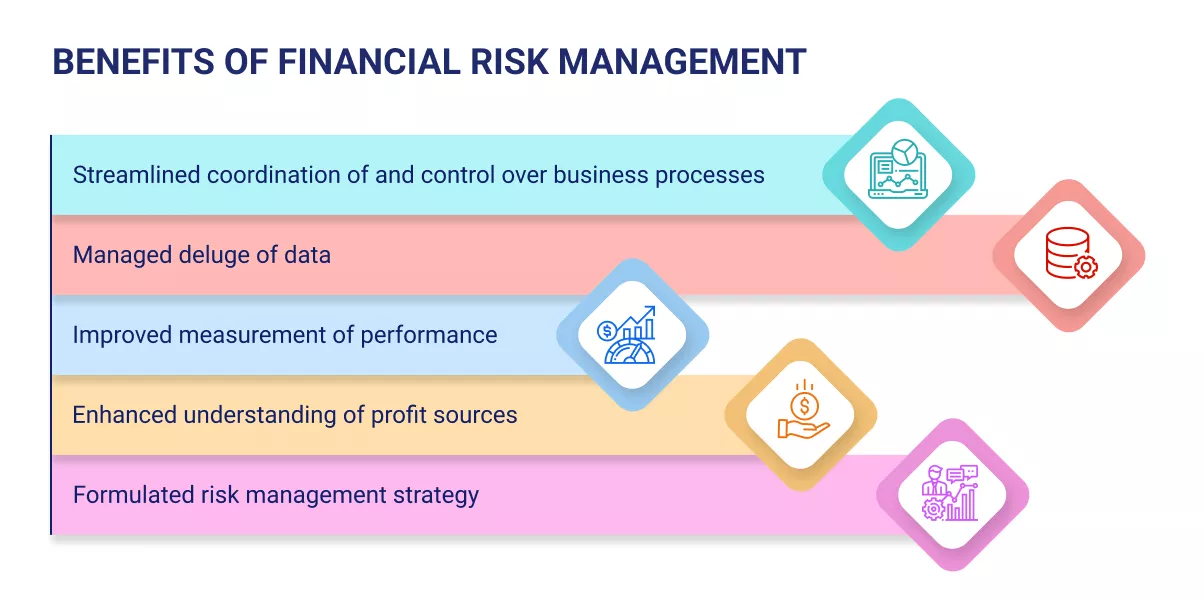How the Importance of Risk Management Promotes Successful Project Outcomes
How the Importance of Risk Management Promotes Successful Project Outcomes
Blog Article
Checking out the Value of Risk Management for Effective Decision-Making Approaches
In the detailed world of company, Risk Management arises as a crucial aspect in the decision-making procedure. The capacity to recognize potential threats and opportunities, and plan as necessary, can lead to the difference between success and failing.
Understanding the Concept of Risk Management
Risk Management, a vital component in decision-making, is usually misconstrued or oversimplified. Risk Management entails organized and disciplined strategies, making use of information and informative analyses. From economic unpredictabilities, lawful liabilities, critical Management mistakes, to accidents and all-natural disasters, it resolves various threats - importance of risk management.
The Function of Risk Management in Decision-Making Processes
In the realm of tactical planning and organization procedures, Risk Management plays an indispensable function in decision-making processes. Risk Management thus comes to be a crucial tool in decision-making, aiding leaders to make enlightened options based on an extensive understanding of the risks entailed. Risk Management serves as a vital part in the decision-making processes of any organization.

Just How Risk Management Boosts Strategic Planning
In the context of strategic preparation, Risk Management plays a critical duty. Starting with the identification of possible dangers, it further encompasses the execution of Risk mitigation procedures. The function of Risk Management is not fixed however dynamic, as it requires constant monitoring and adjusting of strategies.
Identifying Potential Risks

Applying Risk Mitigation
Risk reduction strategies can vary from Risk evasion, Risk transfer, to risk decrease. Each strategy needs to be tailored to the particular Risk, considering its potential influence and the organization's Risk tolerance. Reliable Risk mitigation requires a deep understanding of the Risk landscape and the possible influence of each Risk.
Monitoring and Changing Methods
Though Risk mitigation is a crucial step in tactical planning, continual surveillance and adjustment of these methods is just as vital. It also supplies a possibility to review the success of the Risk Management actions, allowing adjustments to be made where necessary, further enhancing critical planning. Surveillance and readjusting Risk Management methods is an important element for enhancing an organization's resilience and critical preparation.
Case Studies: Effective Risk Management and Decision-Making
On the planet of company and finance, successful Risk Management and decision-making frequently serve as the pillars of thriving ventures. One such entity is a multinational oil company that mitigated financial loss by hedging against fluctuating oil rates. In one more instance, a technology startup grew by determining and accepting high-risk, high-reward strategies in an unpredictable market. An international financial institution, confronted with look what i found regulative uncertainties, successfully browsed the circumstance with proactive Risk assessment and vibrant decision-making. These situations highlight the value of astute Risk Website Management in decision-making procedures. It is not the absence of Risk, but the Management of it, that typically differentiates effective firms from not successful ones. These situations underscore the essential function of Risk Management in calculated decision-making. importance of risk management.
Devices and Techniques for Effective Risk Management
Browsing the elaborate labyrinth of Risk Management needs the appropriate set of devices and strategies. These devices, such as Risk registers and warm maps, help in identifying and examining potential dangers. Strategies include both measurable methods, like level of sensitivity analysis, and qualitative methods, such as SWOT evaluation. These help in focusing on threats based on their possible effect and possibility. Risk feedback methods, a vital element of Risk Management, involve approving, preventing, moving, or mitigating risks. Tracking and managing threats, with regular audits and evaluations, ensure that the methods remain efficient. With these methods and devices, decision-makers can navigate the complicated landscape of Risk Management, consequently helping with notified and reliable decision-making.
Future Patterns in Risk Management and Decision-Making Techniques
As we check out the substantial landscape of Risk Management, it ends up being noticeable that the tools and methods used today will continue to progress. The principle of Risk culture, where every member of an organization is mindful go now and involved in Risk Management, will acquire extra prominence. These patterns herald a more aggressive and inclusive approach towards Risk Management and decision-making.
Final thought

Risk Management thus becomes an essential device in decision-making, assisting leaders to make educated choices based on a comprehensive understanding of the threats entailed. Risk mitigation approaches can vary from Risk evasion, Risk transfer, to run the risk of decrease (importance of risk management). Reliable Risk mitigation calls for a deep understanding of the Risk landscape and the prospective impact of each Risk. Risk feedback approaches, a vital part of Risk Management, involve accepting, avoiding, moving, or mitigating risks. The principle of Risk culture, where every member of a company is conscious and involved in Risk Management, will certainly acquire more prestige
Report this page